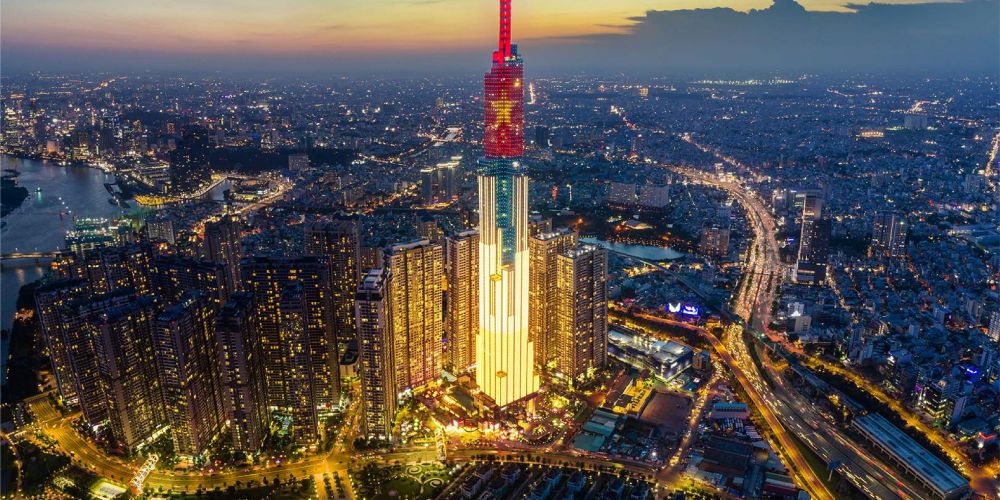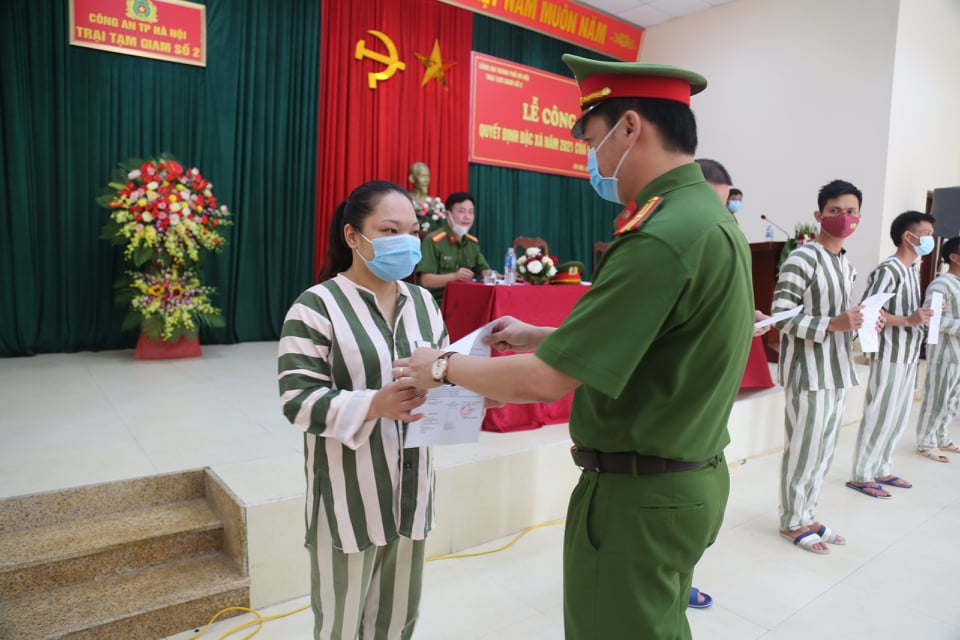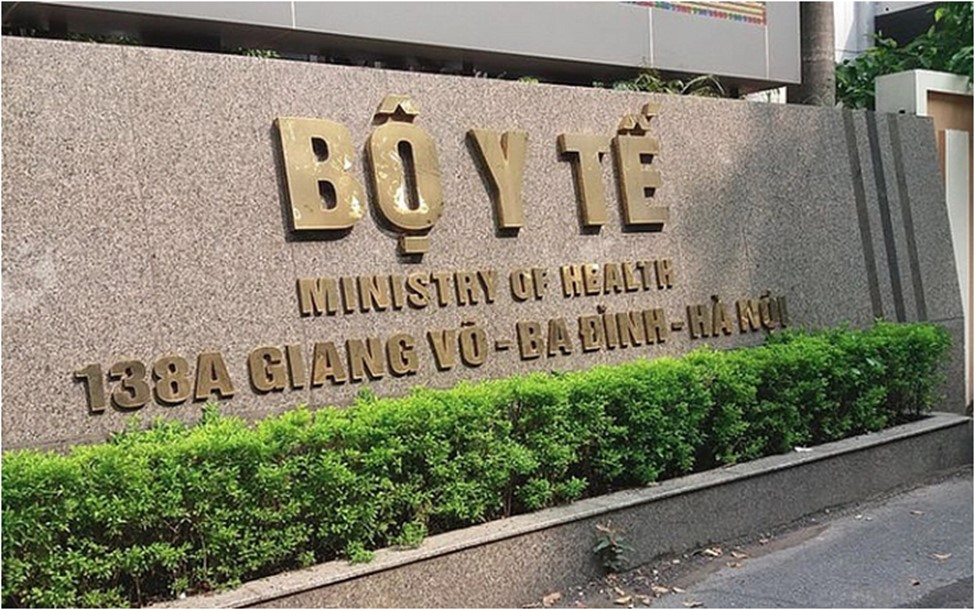By 2050, Vietnam striving to become a developed, high-income country
According to the national master plan with a vision to 2050, what goals should Vietnam achieve? - La Thanh (Kien Giang)

By 2050, Vietnam striving to become a developed, high-income country (Internet image)
The National Assembly of Vietnam passed Resolution 81/2023/QH15 dated January 9, 2023, on the National Master Plan for the period 2021–2030, with a vision to 2050, in which it set out viewpoints, visions, development goals, and key tasks in the planning period, for example:
1. Perspectives on organization of development space in the period of 2021–2030 in Vietnam
- The national development space must be effectively and uniformly organized on a national scale, ensuring intra-regional, inter-regional, regional, and international linkages associated with exploiting the comparative advantages of the country, each region, and each locality in the region in order to mobilize, allocate, and effectively use resources, and improve national competitiveness.
- Development with a focus on a few areas with favorable conditions in terms of geographical location, economic and social infrastructure, high-quality human resources and potentials, and other advantages for development to form dynamic zones, economic corridors, and growth poles, creating spillover effects to promote rapid, effective, and sustainable economic development of the whole country; at the same time, have mechanisms, policies, and resources suitable to the conditions of the economy to ensure social security and provide public services to disadvantaged areas, especially health and education services, gradually narrowing the development gap with favorable areas.
- Efficiently and economically using natural resources, especially land resources, water resources, forest resources, marine resources, and minerals; ensuring energy security, food security, and water source security; developing a green economy and a circular economy; protecting the environment; conserving nature and improving biodiversity quality; proactively preventing and combating natural disasters; and adapting to climate change.
- Organization of national development space, regions, economic corridors, and urban systems must be associated with the development of a synchronous and gradually modern infrastructure system and the harmonious development of urban and rural areas.
- The national spatial development organization must link the land area with the marine space and effectively manage, exploit, and use underground space, seaspace, and airspace. Effectively exploiting digital resources and digital space.
Attaching importance to connecting domestic economic corridors with regional and international economic corridors.
Closely and harmoniously combining economic, cultural, and social development with firmly protecting national independence, sovereignty, unity, and territorial integrity and consolidating and enhancing defense and security potentials.
2. Vision in the planning period in Vietnam to 2050
Vietnam is a developed, high-income country with a fully synchronous, modern socialist-oriented market economy institution, a just, democratic, and civilized society, and social governance on a complete digital social platform. The economy operates according to the modes of the digital economy, the green economy, and the circular economy. Science, technology, and innovation are the main growth drivers.
Vietnam belongs to the group of leading industrialized countries in Asia, is a regional and international financial center; developing a high-value ecological agro-economy among the world's leading groups.
Vietnam has become a strong maritime country and a marine economic center of the Asia-Pacific region; actively and responsibly participating in the settlement of international and regional issues on the seas and oceans.
People enjoy high-quality social services, a sustainable social security system, diverse and professional social assistance services, timely support, and protection of the vulnerable.
The nation's fine cultural values and identities are preserved, promoted, and unified in diversity. The cultural industry thrives, creating cultural products and services with brands, prestige, and influence in the region and internationally.
The infrastructure system is synchronous and modern, effectively adapting to sea level rise and the impact of climate change. Areas of harmonious and sustainable development, effectively exploiting their potential and strengths.
The urban system is linked into a synchronous, unified network that is resistant to and adapts to climate change, with typical architecture that is rich in identity, green, civilized, modern, and smart. Building at least 5 cities of international level, serving as the focal point for connection and development with the regional and international urban network.
Modern countryside, living conditions close to urban areas, a green, clean, beautiful living environment, rich in national cultural identity.
Good quality environment, harmonious society with nature, effective development towards low carbon; strive to achieve the national target of reducing net emissions to "zero" as quickly as possible by 2050. The capacity for forecasting, warning of natural disasters, monitoring climate change, and managing disaster risks is equivalent to that of developed countries.
In the period 2031–2050, strive for an average growth rate of gross domestic product (GDP) of 6.5-7.5% per year. By 2050, GDP per capita at current prices will reach about 27,000–32,000 USD, the urbanization rate will reach 70–75%, the human development index (HDI) will reach 0.8 or higher, people's lives will be happy, and national defense and security will be firmly guaranteed.
More details can be found in Resolution 81/2023/QH15, dated January 9, 2023.
Nhu Mai
- Key word:
- high-income country
- Vietnam
- Number of deputy directors of departments in Vietnam in accordance with Decree 45/2025/ND-CP
- Cases ineligible for pardon in Vietnam in 2025
- Decree 50/2025 amending Decree 151/2017 on the management of public assets in Vietnam
- Circular 07/2025 amending Circular 02/2022 on the Law on Environmental Protection in Vietnam
- Adjustment to the organizational structure of the Ministry of Health of Vietnam: Certain agencies are no longer listed in the organizational structure
- Vietnam aims to welcome 22-23 million international tourists in Vietnam in 2025
-

- Number of deputy directors of departments in Vietnam ...
- 15:04, 05/03/2025
-

- Cases ineligible for pardon in Vietnam in 2025
- 14:43, 05/03/2025
-

- Decree 50/2025 amending Decree 151/2017 on the ...
- 12:00, 05/03/2025
-

- Circular 07/2025 amending Circular 02/2022 on ...
- 11:30, 05/03/2025
-

- Adjustment to the organizational structure of ...
- 10:34, 05/03/2025
-

- Notable new policies of Vietnam effective as of ...
- 16:26, 11/04/2025
-
.Medium.png)
- Notable documents of Vietnam in the previous week ...
- 16:21, 11/04/2025
-
.Medium.png)
- Notable documents of Vietnam in the previous week ...
- 16:11, 02/04/2025
-
.Medium.png)
- Notable new policies of Vietnam to be effective ...
- 16:04, 02/04/2025
-
.Medium.png)
- Notable new policies of Vietnam effective from ...
- 14:51, 21/03/2025
 Article table of contents
Article table of contents
